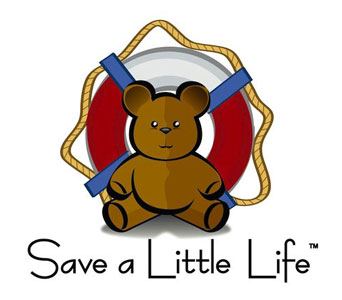A well established study suggests that tap water accounts for 7-17% of all scald burns requiring hospitalization in children. Toddlers and pre-school children were the most frequent victims. In this study, 45% of the scalding injuries occurred when the unsupervised victim or peer turned on the tap water. Home testing of bath water temperatures was done and about 80% of the homes checked had unsafe water temperatures for bathing children.
If a child is submerged in bath water at a temperature of 130 F. or higher, 3rd degree burns can occur within 30 seconds. It is believed that the majority of these burns can be prevented if homeowners turn their thermostat temperatures down to a maximum of 120 F.
Remember, if a burn occurs in the home, immediately pour cool water over the area (removing clothing first if possible.) This will reduce skin temperatures and, hopefully, reduce both the depth and size of the burn.
Seek medical treatment if the burn is deep or large. If necessary, call paramedics to the scene.
